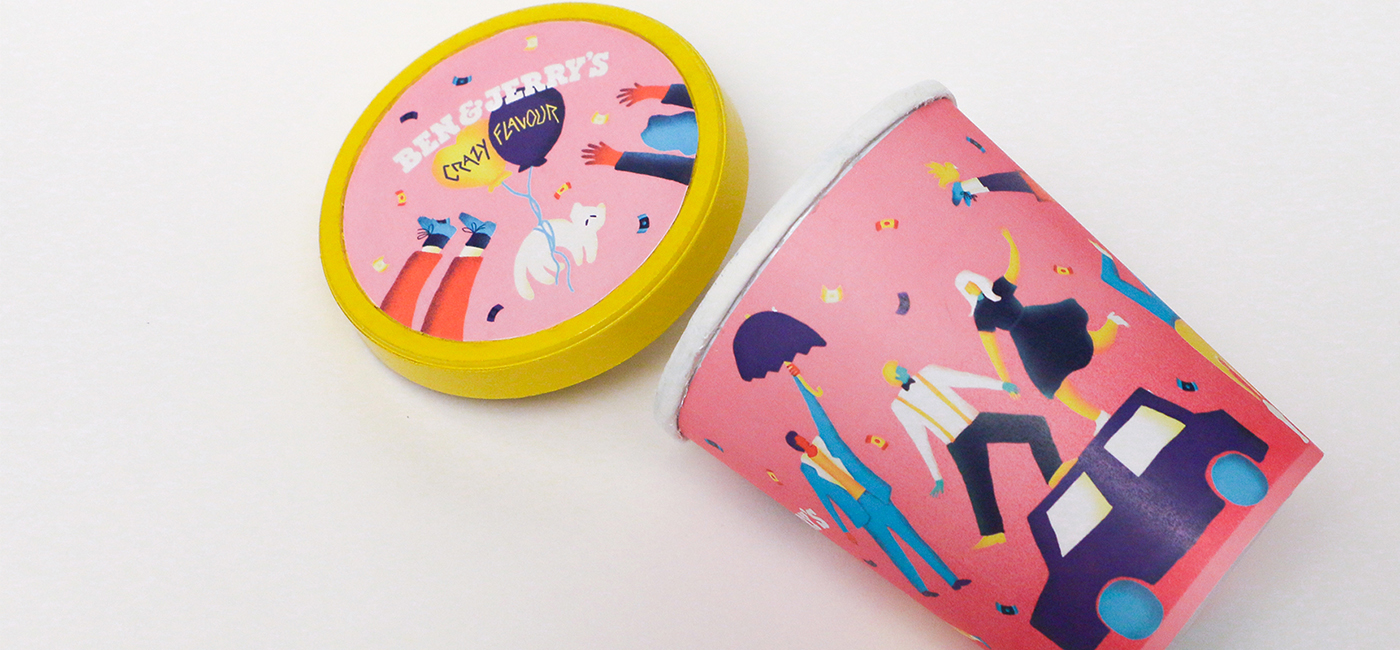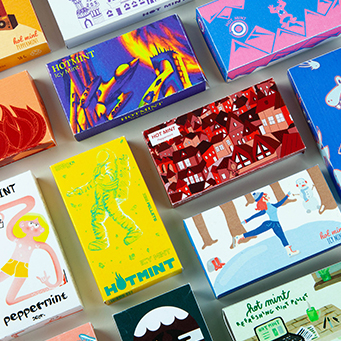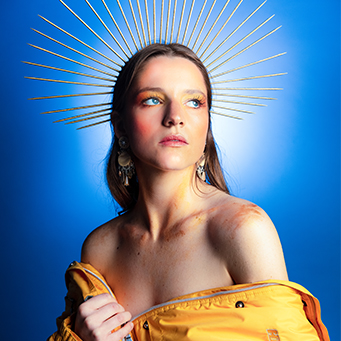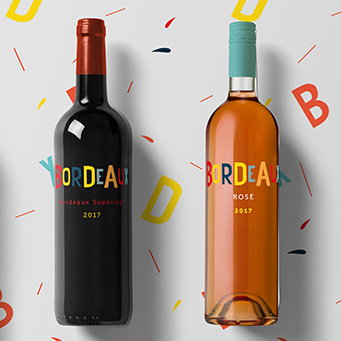After the acquisition of basic knowledge through the preparatory workshop, 2nd and 3rd year students are introduced to new tools and technologies, allowing them to achieve their application (degree) projects in publishing, visual identity, advertising and digital.
2nd year Design course
Throughout the 2nd year, students discover new subjects such as motion design, typography or layout. They will constitute the essential vocabulary to the applications of visual communication. Through familiarising themselves with image and text processing softwares, students will be able to finalise their creations.
Students will have the chance to do an internship to experience working in a professional setting, an exposure that’s necessary at this stage of the course.
3rd year Design course
The 3rd year of the design course allows students to hone and integrate their skills. The fundamental subjects are still taught, but they are more complex and offer a more global approach to communication.
Students are encouraged to participate in teamwork, to present and defend their projects in front of juries.
Students have the possibility to go study at a partner university abroad.
The pursuit of their studies is carried out through the master cycle in one of the following majors: Digital Design, Corporate Design, advertising or typography.

Matéo JourdainIf you are passionate about drawing, creating, designing, storytelling, then just take a shot and go for it! Studying at ECV helps awaken and strengthen your true passion. There are no secrets to success, just never give up; it’s hard, but rewarding.
Courses
Literally “first draft”, roughing is a quick and accurate technique for expressing an idea, a concept and testing it out. It generally involves work on faces, objects and situations, which will be the sketch used by the photographer, illustrator or client.
Photography is a vital form of expression in visual communication. This art of focusing on light forces students to adopt a new perspective as a complement to drawing. The approach of photography is based on shooting techniques as well as on laboratory development and digital retouching with dedicated software.
Computer graphics and the corresponding software are essential tools for any graphic creation project. From handling image retouching and composition tools, to executing a logo or an illustration, managing fonts, composing texts and titles, and producing print-ready copy, all of the techniques are covered in the form of exercises and practical case studies.
Motion design is the art of graphic design in motion by the combination of typography, graphics and sound. Students learn to use animation softwares to be able to produce projects such as advertising video clip, corporate video…
Students observe and understand the meaning of the simple visual signs around them. They learn how to simplify and reduce to the simplest form, while retaining the specific characteristics of the product, brand and company represented.
Students learn how to design and develop packaging while respecting the constraints and regulations of the product. They reconcile the wealth of creativity with these strict constraints and observe the creations of competitors’ products. Packaging calls upon all of the graphic disciplines: typography, colours, illustration, photography and page layout
A good command of typeface, which represents the basic unit of text, is vital for it, is the heart and soul of any visual creation. The typography, complementary of the image gives to the creation its personality. Each typeface is a shape, a design in itself; it has to be readable and reinforce the overall concept of the creation.
Students gain an understanding of the essential rules of text composition in the page, margins, grids and type colour. Layout is a comprehensive reflection on the art of harmonizing text and image in a determined format. The composition must be harmonious and hierarchical for a clear and quick reading of the print media or graphic screen.
Before the campaign declines on media, there is an important stage, which is a reflection on the creative strategy in artistic direction. This approach is essential, from the receiving of the briefing to the realization of the campaign. The student is responsible of the visual aspect of the campaign and provides a genuine work of an Artistic Director, as in a professional situation
Students get acquainted with image culture and manifold expressions of contemporary graphic arts. This course covers the history of graphic arts and its various movements, typography animation as well as television identities. They gain a better understanding of signs and images use in order to develop a unique expression and an original personal style based on solid knowledge of existing creations.
Copywriters are in charge of the message and the texts of a campaign. They work in tandem with the artistic director as part of the creation team. Artistic director needs to understand the basis of copywriting in order to achieve effective dialogue with their team members.




